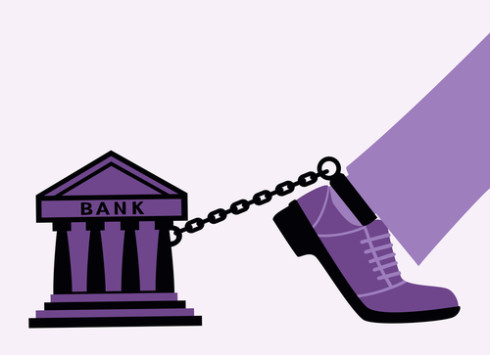History Of Bankruptcy
The idea of bankruptcy can be a scary one. Basically letting go of all of your finances and handing the reins over to an accountant and a lawyer is an intimidating loss of control. Sometimes having a better understanding of what it is and where its history is rooted can make it seem less complicated and less scary. You may even be surprised to learn that bankruptcy as a concept dates back over two thousand years and its evolvement actually focuses on helping you, the debtor.
Back in ancient Greece if a man was unable to pay his debts, he and his entire family would be forced into slavery either indefinitely or until the debt was considered to be paid off. In addition the first bankruptcy legislation was enacted in England in the 1500’s and outlined that debtors were criminals and should be  incarcerated. Then finally in the 1700’s there was a bit of progressive thinking and governments were able to take a few steps forward in regards to individuals with debt. New rules outlined that if an individual had unpayable debts that some of it would be released as long as the debtor agreed to pay a portion of them.
incarcerated. Then finally in the 1700’s there was a bit of progressive thinking and governments were able to take a few steps forward in regards to individuals with debt. New rules outlined that if an individual had unpayable debts that some of it would be released as long as the debtor agreed to pay a portion of them.
Of course, we’ve come a long way from forced debt slavery and debtors prisons. However, until as late as the 1900’s most bankruptcy rules, proceedings and laws were designed to benefit the lender and left the debtor with little to no options. Then in the United States during the great depression it was necessary for the government to find new and creative ways to combat the the crippled economy. It was during this time that new laws offered indebted individuals the opportunity to start with a clean slate and improve their financial situation going forward.
Bankruptcy now as we know it offers individuals extensive comprehensive solutions to fit any number of financial situations. Talk to an experienced attorney to find out if this option is right for you.
For more information about the services offered by Ideal Trading please visit our website here. Or to contact us please fill out the Quick Contact form to the left hand side of your screen.
